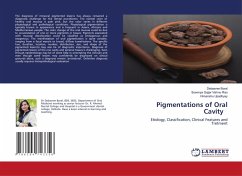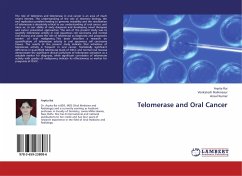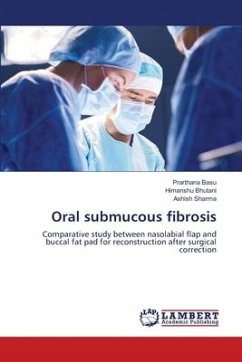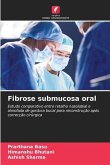The diagnosis of intraoral pigmented lesions has always remained a diagnostic challenge for the dental practitioner. The normal color of healthy oral mucosa is pale pink, but the color varies in different physiological and pathological conditions. Physiological pigmentation is typically brown in appearance and is frequent in Asians, Africans and Mediterranean people. The color change of the oral mucosa could be due to accumulation of one or more pigments in tissues. Pigments associated with mucosal discoloration could be classified as endogenous and exogenous. The manifestation of oral pigmentation is quite variable, ranging from a focal macule to broad, diffuse tumefactions. The specific hue, duration, location, number, distribution, size, and shape of the pigmented lesion(s) may also be of diagnostic importance. Diagnosis of pigmented lesions of the oral cavity and perioral tissues is challenging. Even though epidemiology may be of some help in orientating the clinician and even though some lesions may confidently be diagnosed on clinical grounds alone, such a diagnosis remain 'provisional'. Definitive diagnosis usually requires histopathological evaluation.
Bitte wählen Sie Ihr Anliegen aus.
Rechnungen
Retourenschein anfordern
Bestellstatus
Storno








